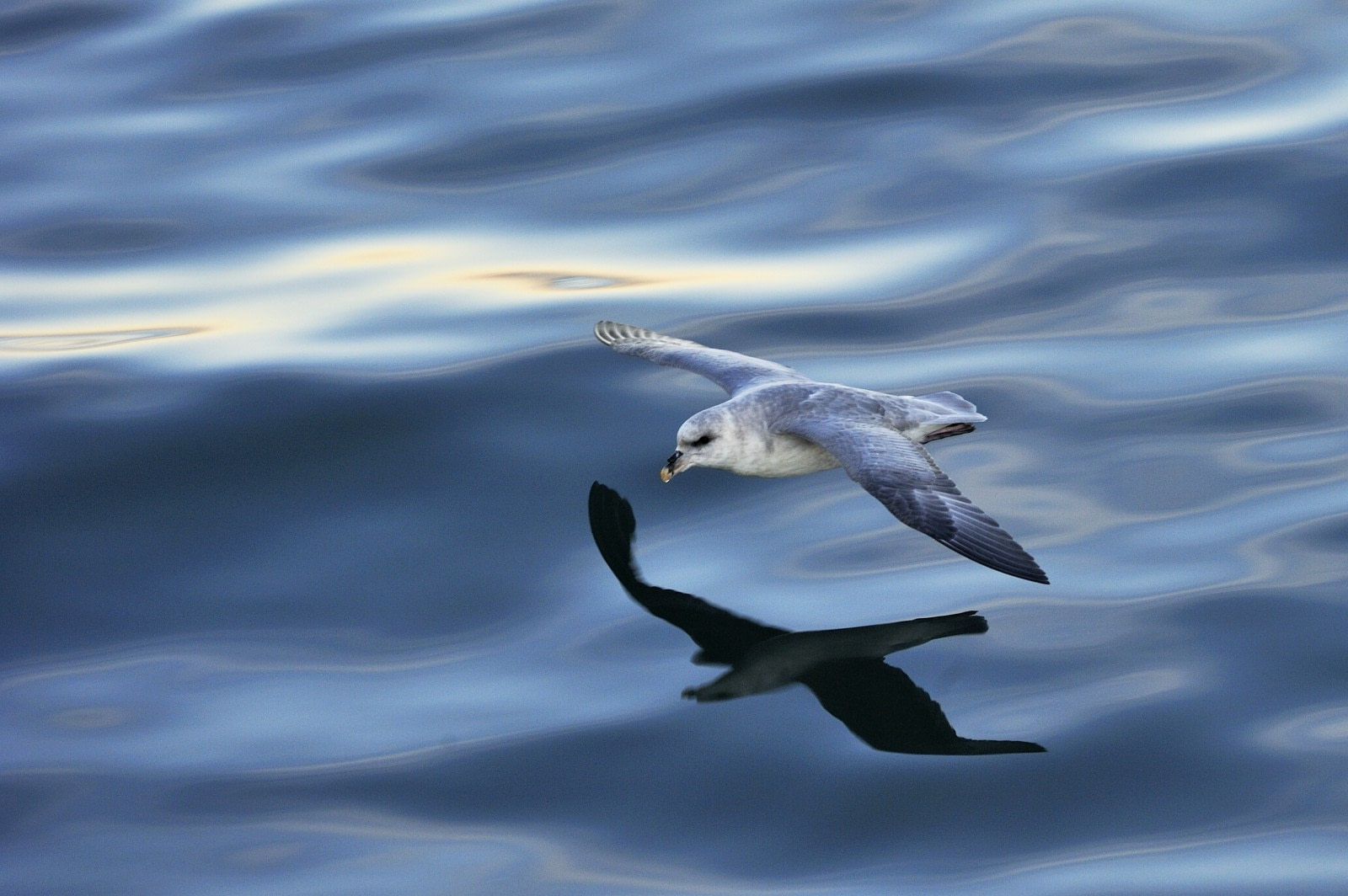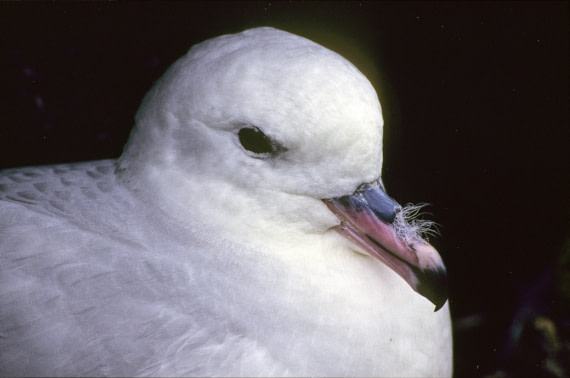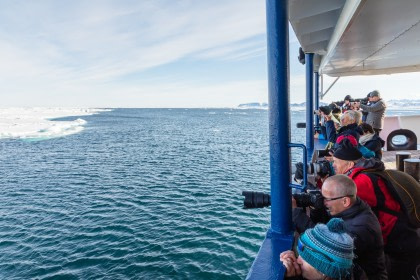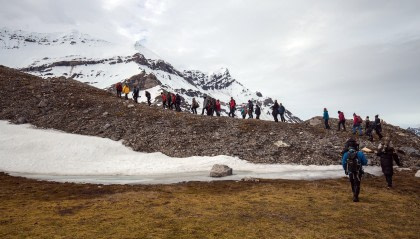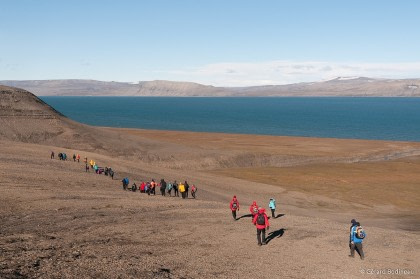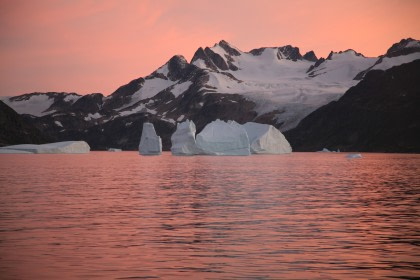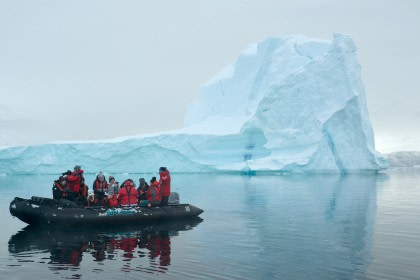Name: Fulmar (Northern – Fulmarus glacialis, Southern – Fulmarus glacialoides)
Length: 45 cm.
Weight: 450 to 1,000 grams.
Location: The northern Fulmar lives in the North Atlantic and North Pacific. The southern Fulmar lives in the Southern Ocean.
Conservation status: Least Concern.
Diet: Fish, squid, shrimp, carrion, refuse, plankton, jellyfish.
Appearance: Gull-like (white or grey), but have tubed beaks and fly on stiff wings.
How do Fulmars feed?
Fulmars are pelagic (meaning they live entirely at sea) outside of their breeding months. When they’re hunting (as opposed to scavenging) they are ocean divers, plunging several metres under the water to nab prey, or plucking them out from just under the surface.
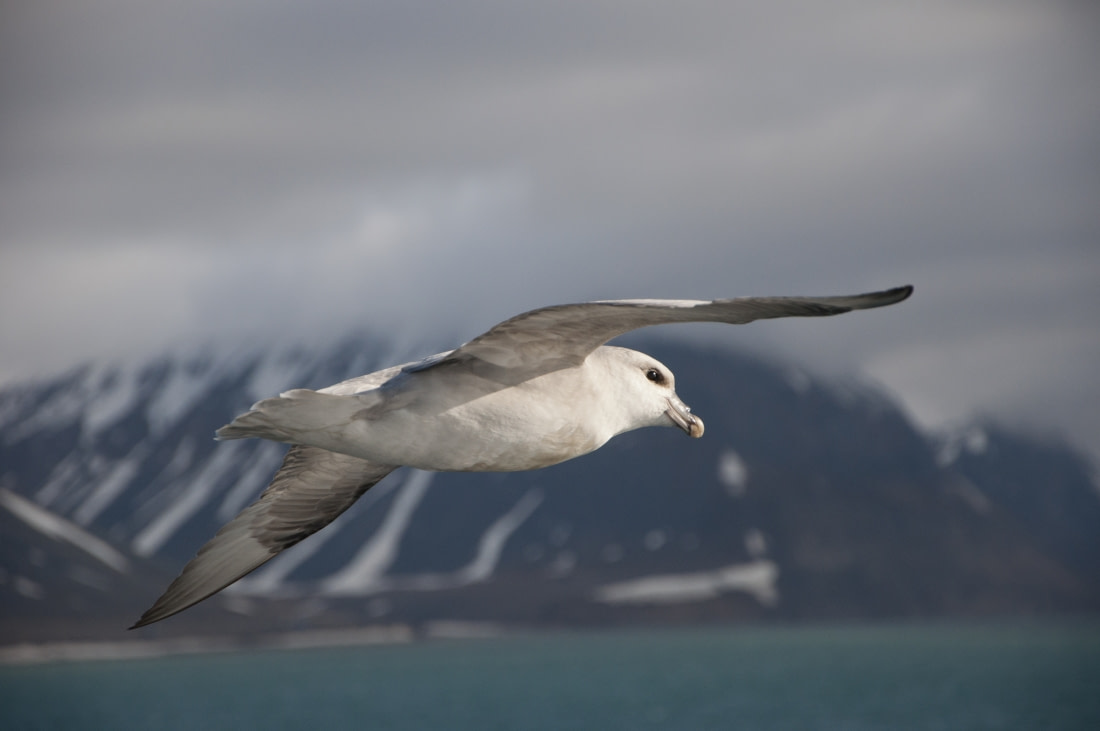
Are Fulmars social?
Fulmars nest in large colonies.
How fast do Fulmars fly?
Fulmars fly at about an average of 47 km per hour.
What are Fulmar birthing rituals like?
Fulmars reach sexual maturity anywhere between 6 and 12 years of age. They are monogamous and the pairs will generally return to the same nesting location every year. Breeding season begins in May. However the females are able to store sperm in specialized glands so they do not technically become pregnant for a number of weeks after mating. Fulmars create their nests on cliff sides. The nests are really just bare rock or at most a depression or scrape lined with a bit of grasses or seaweed. One egg is laid. The incubation lasts about 50 days with the parents taking turns staying with the egg. Once the egg hatches the hatchling is fed by the parents for about 2 weeks. Fledging occurs about 70 days after hatching.
How long do Fulmars live?
Fulmars live up to 40 years in the wild.
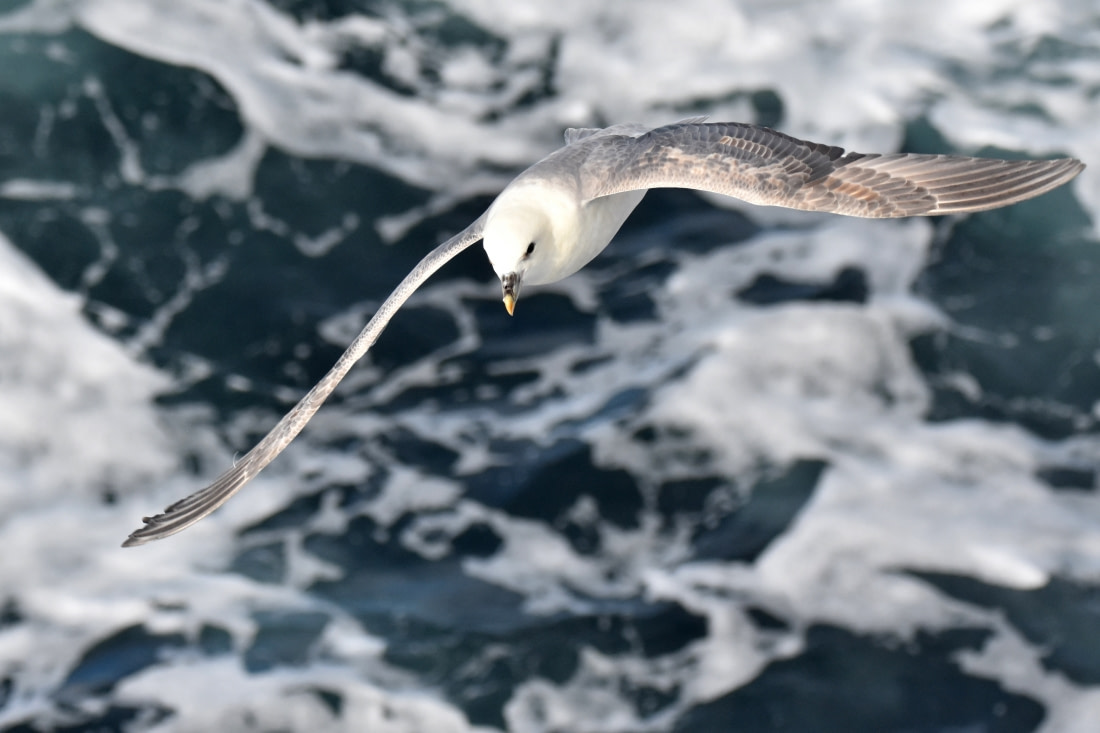
How many Fulmars are there today?
Northern – 15,000,000 – 30,000,000
Southern – 4,000,000
Do Fulmars have any natural predators?
Chicks and eggs are prey to scavenger birds like skua and sheathbills, as well as foxes, squirrels, and rats.
7 Fascinating Fulmar Facts
- Fulmars create a kind of stomach oil that they store in a section of their stomachs called the proventriculus. They use this oil for 2 reasons:
1. They spray it out as a defensive measure. It can gum up the wings of predator birds, causing them to plunge to their deaths.
2. They can regurgitate it as an energy-rich resource they use for long flights or to feed their young. - Like some other seabirds, Fulmars have a gland above their nasal passage that excretes a saline solution to help them get rid of all the salt in the water they imbibe while feeding.
- The name “Fulmar” comes from two Old Norse words - fúll meaning “foul” and már which means “gull.” This refers to the awful-smelling stomach oil.
- Although Fulmars looks like gulls they are actually related to petrels.
- Fulmars were first described by Scottish naturalist Andrew Smith in 1840.
- Fulmars are one of the few bird species that have a well-developed sense of smell. They can use it to locate fish by the smell of fish oil rising to the surface of the water.
- Fulmars will chase fishing ships in order to nab waste.
